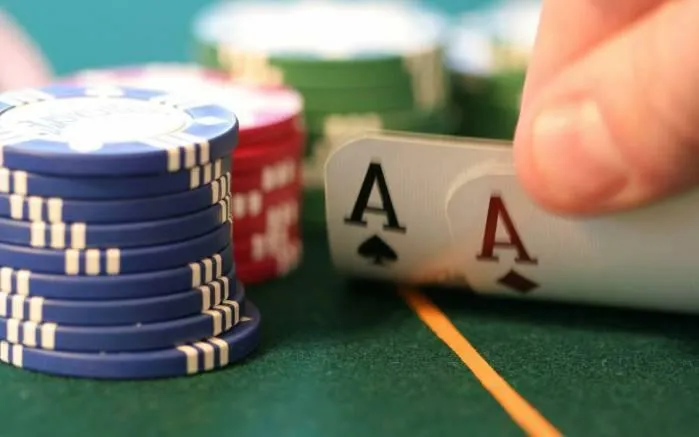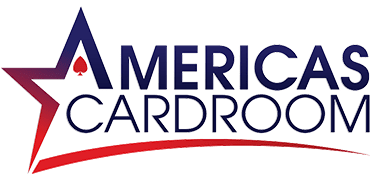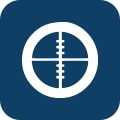You already have some guesses about what “slow play” means, but we’ll explain this tactic in depth.
Slow play is a technique in poker, which consists of passively playing the nuts or other strong hand combinations. You could even think about it as a bluff, only with the reverse setup. By using it, you try to convince your opponent that you have a weaker hand than you actually have. In a typical bluff, you have the opposite goal, to portray a hand stronger than you have.
Let’s talk about when to slow play in poker and how to do it on different betting rounds.

Note: Slow playing is not the same as slow rolling.
When to Slow Play in Poker
Slow play strategy should be used carefully and wisely. You can't choose a passive line and check with a strong hand every time. This way, you will often miss out on profits. Here are two factors to consider before using this technique:
- Opponents' playing style: The slow play is only effective against aggressive players. If there is a nit sitting opposite you who never bluffs and plays carefully, then there will be no point in checking – you will simply give him a free turn and river. And if your opponent is a calling station who pays any bets, then just get the maximum from him. In this case, there is no need to check either. But against super-aggressive opponents, the slow play technique will often be successful.
- Your cards: You can slow play comfortably if your hand is not in danger. Let's look at a couple of examples:

Here the player has the best possible hand on the flop – a set of Aces. On this board, your opponent can have a maximum gutshot of 34, 35, and 54 (and such hands may not be in his range at all). This structure is considered absolutely safe, we are not afraid of any turn cards – but our opponent can get caught on them. So, it is quite possible to consider the check.

Here, the pocket Nines on the flop hit a set and also has the best possible hand. But there is also a flush draw, a straight draw, and even a straight flush draw on the board. The J10 of diamonds will have a 42% chance of winning on this flop. Therefore, you need to protect your set with a bet, and on such boards, slow playing will be a mistake.
Slow Play on Different Streets
This technique is used primarily postflop but is sometimes used preflop. A very limited number of hands are suitable for this. The best way, of course, is to slow play pocket Aces.
It's best to be careful with Kings and Queens. Raising with these hands definitely won't be a mistake. You can limp or cold call preflop only if you are sure that one of the opponents behind you will raise.

Unsuccessful slow play is a quick path to tilt.
Pros and Cons of Slow Play
Slow play in classic poker strategy is considered a dubious technique, which makes it very difficult for inexperienced players to make a profit. Very often, it is used by beginners, allowing their opponents to out-draw their strong hands. All this ends with messages on poker forums about setup hands, crooked RNG, and rigged games of poker.
A slow play can provide extra value against very aggressive players, but if you just call before the flop and then start to increase your aggression after the flop or on the turn, an experienced opponent will sense something is wrong. The more expensive the game, the less effective this technique is.
Conclusion: Slow play should be just one option in your arsenal, but you shouldn't use it too often. Use this technique thoughtfully and only against aggressive weak players.
Experiment with the slow play on your poker site, but adjust quickly if you notice it fails against most opponents. If your competition is either too skilled or too passive, avoid slow playing.
- Increased first deposit bonus
- Increased rakeback and reloads
- Help with deposits and cashouts
- Access to private freerolls
- Round-the-clock support
How to Learn to Use Slow Play
This technique is often overrated. For it to become a formidable weapon, you need to understand your opponent's range and evaluate your chances against opponents on different types of boards. To do this, you need to constantly study and work on the game.
Practice in Free Tournaments: The theory needs to be put into practice. For beginners, freerolls are best suited for this. Participation in these tournaments is free, but the prize money is quite real. The schedule of free tournaments and current passwords for freerolls can be found in a special section on GipsyTeam.
Play at Suitable Stakes: Some stakes work better for your bankroll than others. Don’t play above your means and always adhere to bankroll management strategies. This will allow you to work on slow play and other strategies, without taking significant financial pressure. Remember that slow playing will generally work less at higher stakes.
Devote time to study: Professionals don’t just show up year after year to win, just from innate talent. There’s a lot of studying going on behind the scenes, using any one of the poker tools on offer. Flopzilla, Hand2Note, and GTO Wizard are a few of the easiest to start using, each offering lots of upsides.

































